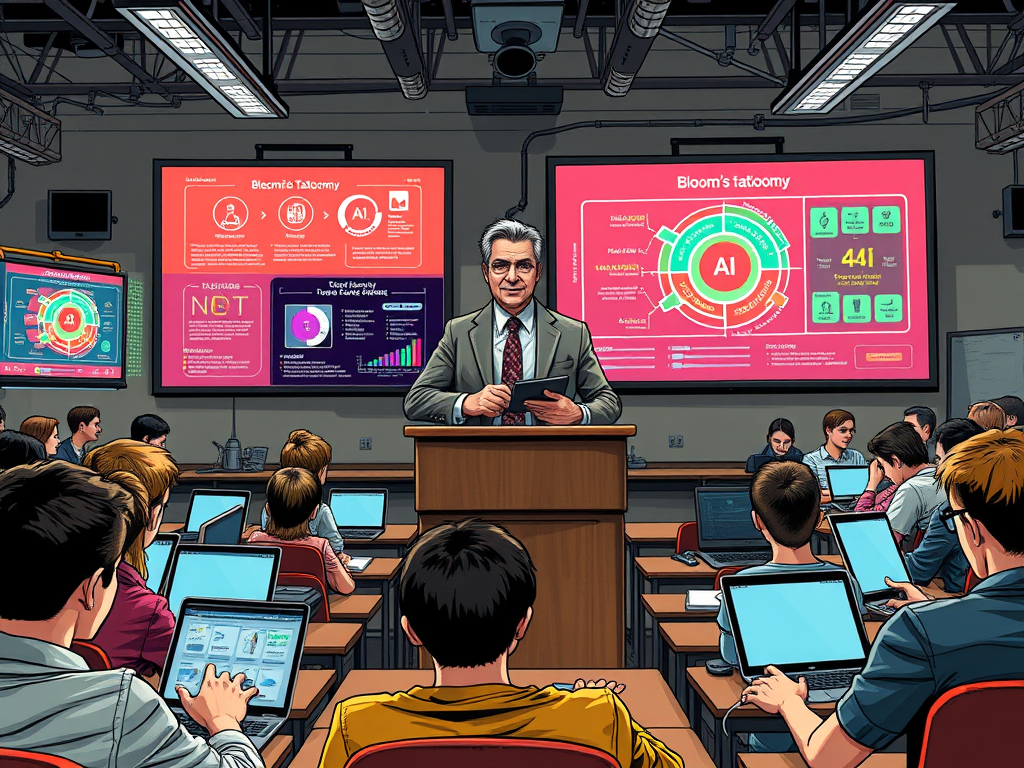In some sense of the term I started in digital rhetoric in the mid-90s. It’s true that by then Richard Lanham had already coined the term “digital rhetoric,” but as those in the field know, it didn’t become a common disciplinary term until a decade or more later. Nowadays though, digital rhetoric is an identifiable field (as in, “we’re searching for an assistant professor specializing in digital rhetoric). Digital rhetoric manages to be relatively small while being diverse in its methods and objects of study.
Media theory and media studies are much broader but even less well-defined, at least from my perspective. Looking at the intersection of digital rhetoric with media theory and studies, it’s less like a Venn diagram than interlocking fingers from two hands coming together or perhaps something more discontinuous than that. That is, there are many possible ways these fields converse.The overarching point I want to make here is that the relationship between digital rhetoric and media studies is underdeveloped and that exploring that relationship further would be mutually beneficial. Because these fields are diverse and might connect in many different ways, it’s hard to characterize the advantages in general terms, but I can use myself as an example.
My work has long been at one of these interstices. The Two Virtuals took up Manovich and Kittler as much as it did any scholar in rhetoric. The media theory that has interested me has always been more about the technologies–the hardware and software–than the media composed with those technologies. The digital rhetoric I’ve pursued has been similarly focused. So while there are many other interstices, other interests, I’ve been studying the overlaps among radical media archeology, software studies, media infrastructure studies, and a new materialist digital rhetoric.
In thinking about these many intersections, there’s a passage from Deleuze’s Nietzsche and Philosophy which has stuck with me, though perhaps I’ve misremembered it over the years. Here’s a bit of it:
All force is appropriation, domination, exploitation of a quantity of reality. Even perception, in its divers aspects, is the expression of forces which appropriate nature. That is to say that nature itself has a history. The history of a thing, in general, is the succession of forces which take possession of it and the co-existence of the forces which struggle for possession… Nietzsche’s philosophy cannot be understood without taking his essential pluralism into account. And, in fact, pluralism (otherwise known as empiricism) is almost indistinguishable from philosophy itself… There is no event, no phenomenon, word, or thought which does not have a multiple sense. A thing is somethings this, something that, sometimes something more complicated–depending on the forces (the gods) which take possession of it.
The pluralist idea that a thing has many senses, the idea that there are many things and one thing can be seen as “this and then that” is philosophy’s greatest achievement, the conquest of the true concept, its maturity and not its renunciation or infancy.
Nietzsche & Philosophy 3-4
As much as academics have, at times, argued for one view over all others, accusing their colleagues (and usually the colleagues who most closely share their interests) of all kinds of villainy, the fundamental value of the university has been pluralist, albeit imperfectly so for sure: multiple disciplines, proliferating fields of study, academic freedom, and tenure are all largely pluralist gestures. But Nietzsche’s pluralism here isn’t an ethos; it’s an ontology. The world is many shifting things, taken up by various forces of time. In Deleuze’s ontology those forces are desiring-production.
That might seem like an odd detour, but I see the value in a pluralist approach to the study of media, both in the sense of an ethos that values multiple perspectives and in an ontological sense of the study of media as the study of a succession of forces that take up media and the co-existence of forces which struggle for possession. On some level, each individual act of study is part of the struggle, represents one (or several) forces taking up media. At the same time though, there is an ethos and an ontological awareness that each of individual act is part of a larger plurality that is both ethical and real. In some respects that conclusion is painfully obvious. Of course, our work, individually and collectively, is a partial grasp of a shifting world and the failure to recognize that is not only unethical but ontologically inaccurate.
As a scholar working at the intersection of digital rhetoric and media studies, this pluralist perspective offers a compelling framework for our inquiries. Acknowledging the multiplicity of forces and perspectives enriches our understanding and allows us to navigate the complexity inherent in digital and media landscapes. In this light, my work—and the work of many colleagues in the field—becomes an exploration of these diverse forces at play.
For instance, when examining digital rhetoric, it’s not just about analyzing the texts or the technologies in isolation but about understanding how various forces—cultural, technological, political, and economic—intersect and influence each other. This approach can illuminate how digital artifacts are not merely tools of communication but dynamic entities shaped by and shaping the environments they inhabit.
Similarly, in media studies, adopting a pluralist approach encourages us to look beyond traditional boundaries and consider how media technologies and practices are influenced by a myriad of factors. This might involve examining how media infrastructures are developed and maintained, how software shapes media practices, or how historical media forms persist and transform in the digital age.
The benefits of this pluralist perspective extend beyond academic inquiry. In practical terms, it promotes a more inclusive and comprehensive approach to education and research. By valuing multiple viewpoints and interdisciplinary approaches, we can foster a richer academic environment that prepares students to navigate and contribute to a complex, interconnected world.
Moreover, embracing pluralism can enhance collaborative efforts across disciplines. By recognizing and valuing the diverse forces at play in our fields, we can build stronger, more innovative research partnerships that address complex issues from multiple angles. This can lead to new insights and solutions that might not emerge from a single-disciplinary approach.
In other words, the relationship between digital rhetoric and media studies, when viewed through a pluralist lens, reveals a landscape of diverse and intersecting forces that enrich our understanding and practice. This perspective not only aligns with the inherent complexity of our fields but also promotes a more ethical and accurate approach to academic inquiry. By embracing the multiplicity of forces and perspectives, we can advance our fields in meaningful and impactful ways, contributing to a more nuanced and comprehensive understanding of digital and media phenomena.
As we move forward, it’s essential to continue exploring these intersections, fostering a pluralist ethos in our work, and remaining open to the diverse and dynamic forces that shape our disciplines. In doing so, we not only honor the complexity of our fields but also enhance our ability to make significant contributions to the academic community and beyond.





Leave a comment